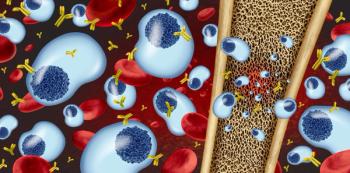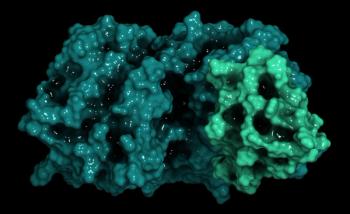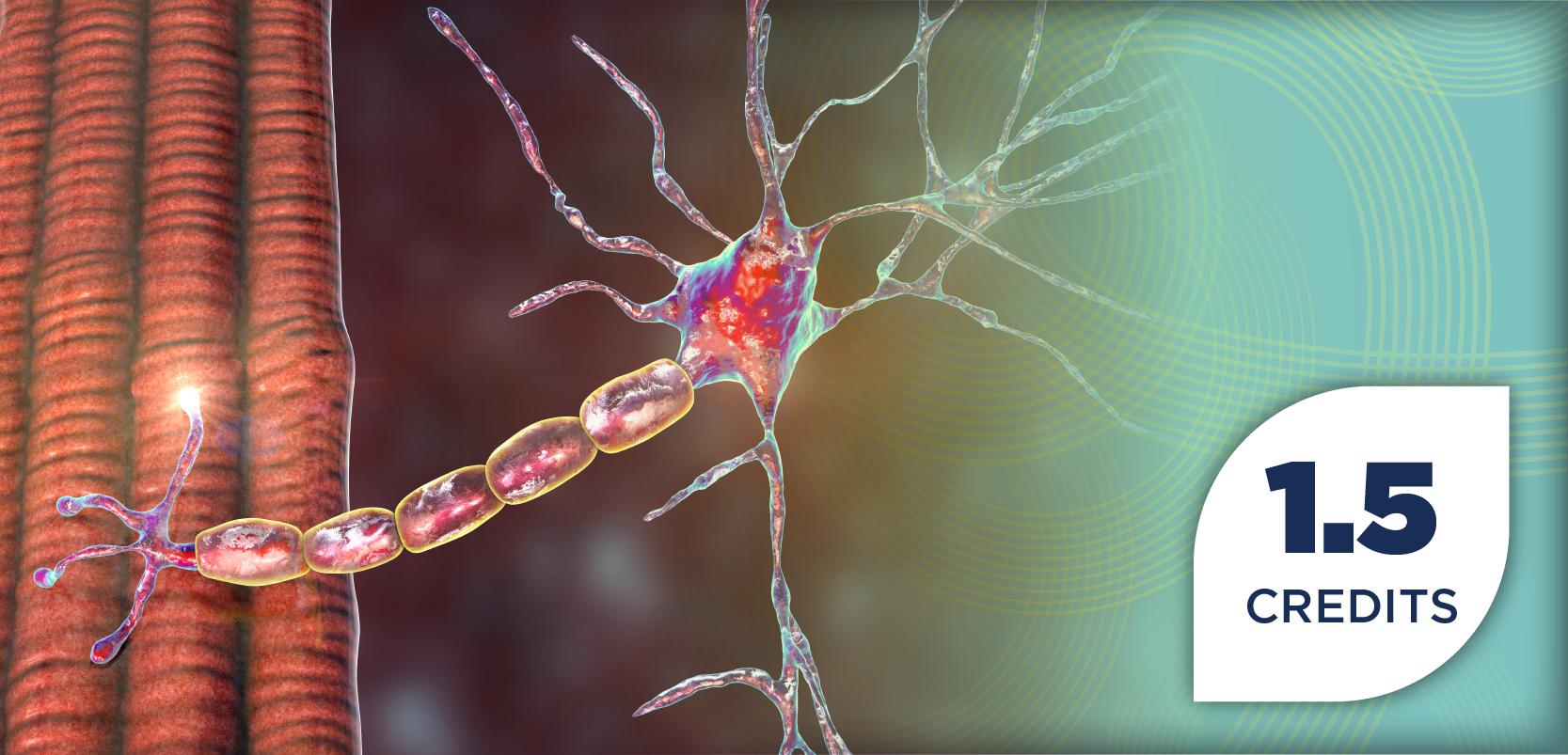
WEHI-3773 May Be Leveraged to Develop Therapeutic Strategies for Neurodegenerative Conditions
Key Takeaways
- WEHI-3773 blocks cell death by inhibiting VDAC2 interaction with BAK and BAX, offering potential for neurodegenerative disease treatment.
- The molecule prevents BAX-mediated apoptosis and promotes BAK-mediated cell death, suggesting a novel therapeutic strategy.
The small molecule effectively blocks cell death effector proteins, potentially rescuing cells from degeneration.
Authors of a study published in Science Advances discovered that blocking cell death effector proteins may rescue cells from degeneration. This finding—which involves the small molecule, WEHI-3773, which can effectively block cell death—may be leveraged to develop new treatments for neurodegenerative disorders such as Parkinson and Alzheimer disease.1
There is a need for new drugs to target the apoptosis (cell death) pathway at multiple levels and more effectively, the study authors wrote. Such innovations will either enhance the killing effect of existing treatments or uncover previously unknown therapeutic vulnerabilities that can combat degeneration. One of these proposed strategies is to directly modulate the apoptosis effector proteins BAK and/or BAX, enhancing their proapoptotic activity.1
In addition, excessive cell death is observed under diverse conditions, including ischemic brain injury, heart failure, and certain degenerative conditions; however, it is unclear whether inhibition will be a sustainable strategy because of the lack of potent and specific small-molecule inhibitors of BAK and/or BAX. For these reasons, the investigators conducted a cell-based phenotypic screen to identify inhibitors of BAX-mediated apoptosis.1
“Currently there are no treatments that prevent neurons from dying to slow the progression of Parkinson. Any drugs that could be able to do this could be game changing,” co-corresponding author Grant Dewson, professor and head of the Walter and Eliza Hall Institute (WEHI) Parkinson’s Disease Research Centre, said in a news release.2
The authors determined that the small molecule WEHI-3773 inhibits the interaction between voltage-dependent anion channel 2 (VDAC2) and BAK or BAX, revealing contrasting effects on their apoptotic activity. WEHI-3773 was found to prevent cell death mediated by BAX by blocking VDAC2-mediated BAX recruitment to the mitochondria. Conversely, WEHI-3773 was observed to promote BAK-mediated cell death by limiting the inhibitory appropriation by VDAC2. In cells that had expressed both pro-apoptotic proteins, cell death promotion by WEHI-3773 was dominant because, through a feed-forward mechanism, BAK had activated BAX.1
To confirm the interaction between WEHI-3773 and VDAC2, the investigators had performed a drug affinity responsive target stability assay. This was conducted based on the assumption that WEHI-3773 binding to VDAC2 would affect its stability against proteolysis. For this, incubation of mitochondria isolated from HCT116 cells with WEHI-3773 repressed the proteolysis of VDAC2 in a dose-dependent manner, supporting the engagement of VDAC2 by WEHI-3773 on the mitochondrial membrane. This is consistent with the incubation of mitochondria with 400 nM WEHI-3773 inhibited the proteolysis of VDAC2 with increasing concentrations of proteinase K, according to the investigators.1
“We were thrilled to find a small molecule that targets a killer protein called BAX and stops it working. While not the case in most cells, in neurons, turning off BAX alone may be sufficient to limit cell death,” co-corresponding author Guillaume Lessene, PhD, WEHI, said in the news release.2
These findings are in line with previous studies in which VDAC2 is responsible for engaging BAK and BAX and this region of VDAC2 can be targeted by small molecules, wrote the authors. Further, these findings demonstrate that, although BAK and BAX are challenging targets, modulating their interaction with VDAC2 can be a successful strategy to affect their activity. The authors expressed their optimism that these data will help inform how to design inhibitors of BAX and BAK apoptotic activity as therapeutic approaches or treatments in patients with neurodegenerative disorders.1
“For the first time we could keep BAX away from mitochondria and keep cells alive using this molecule," said lead author Kaiming Li, researcher, Dewson Lab, in a press release. "This could pave the way for next-generation cell death inhibitors to combat degenerative conditions.”2
REFERENCES
1. Li K, Yap YQ, Moujalled DM, et al. Differential regulation of BAX and BAK apoptotic activity revealed by small molecules. Sci Adv. 2025;11(10):eadr8146. doi:10.1126/sciadv.adr8146
2. Walter and Eliza Hall Institute. Cell death discovery could lead to next-gen drugs for neurodegenerative conditions. News release. May 12, 2025. Accessed May 27, 2025. https://www.eurekalert.org/news-releases/1083235
Newsletter
Stay informed on drug updates, treatment guidelines, and pharmacy practice trends—subscribe to Pharmacy Times for weekly clinical insights.






















































































































































































































